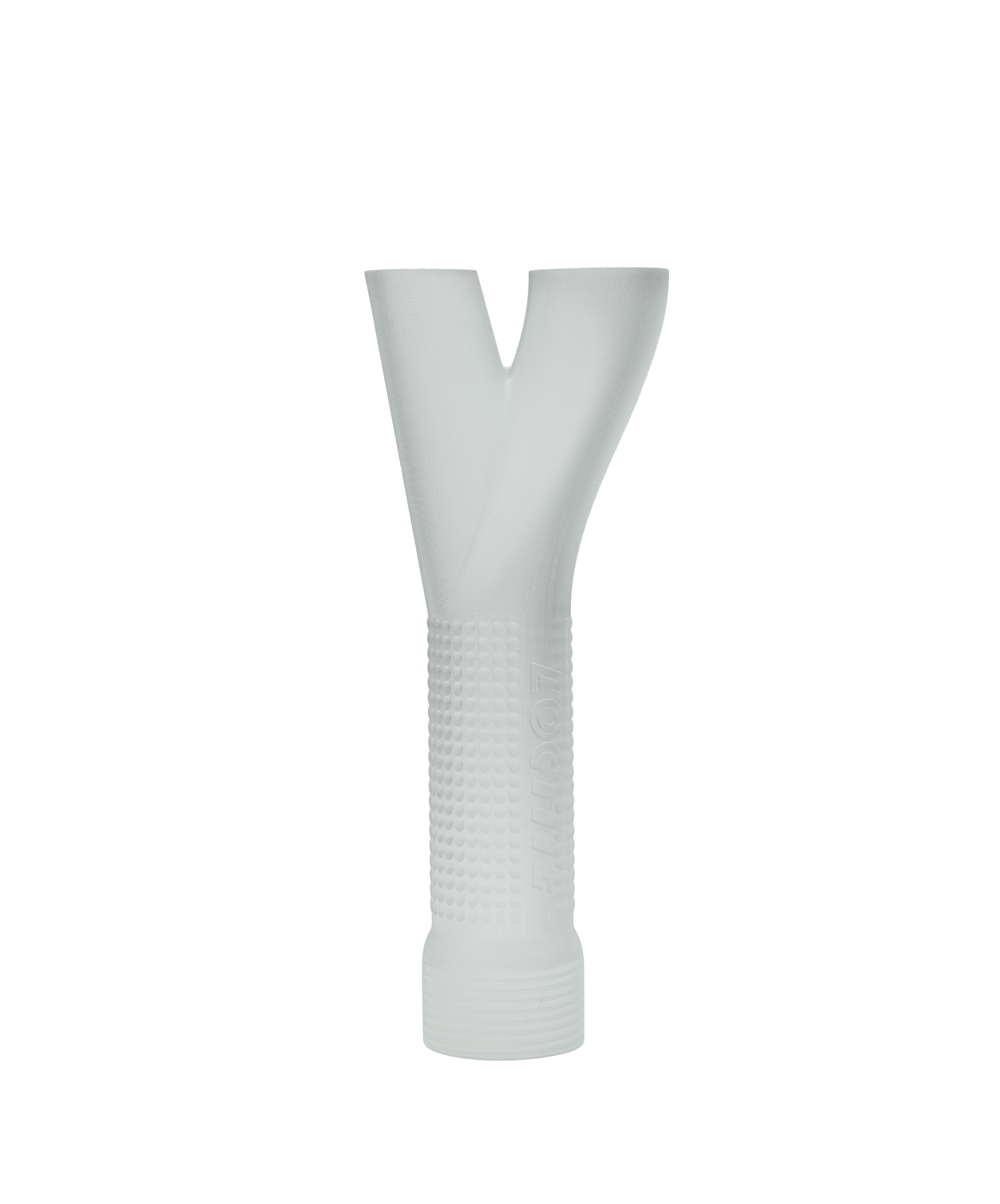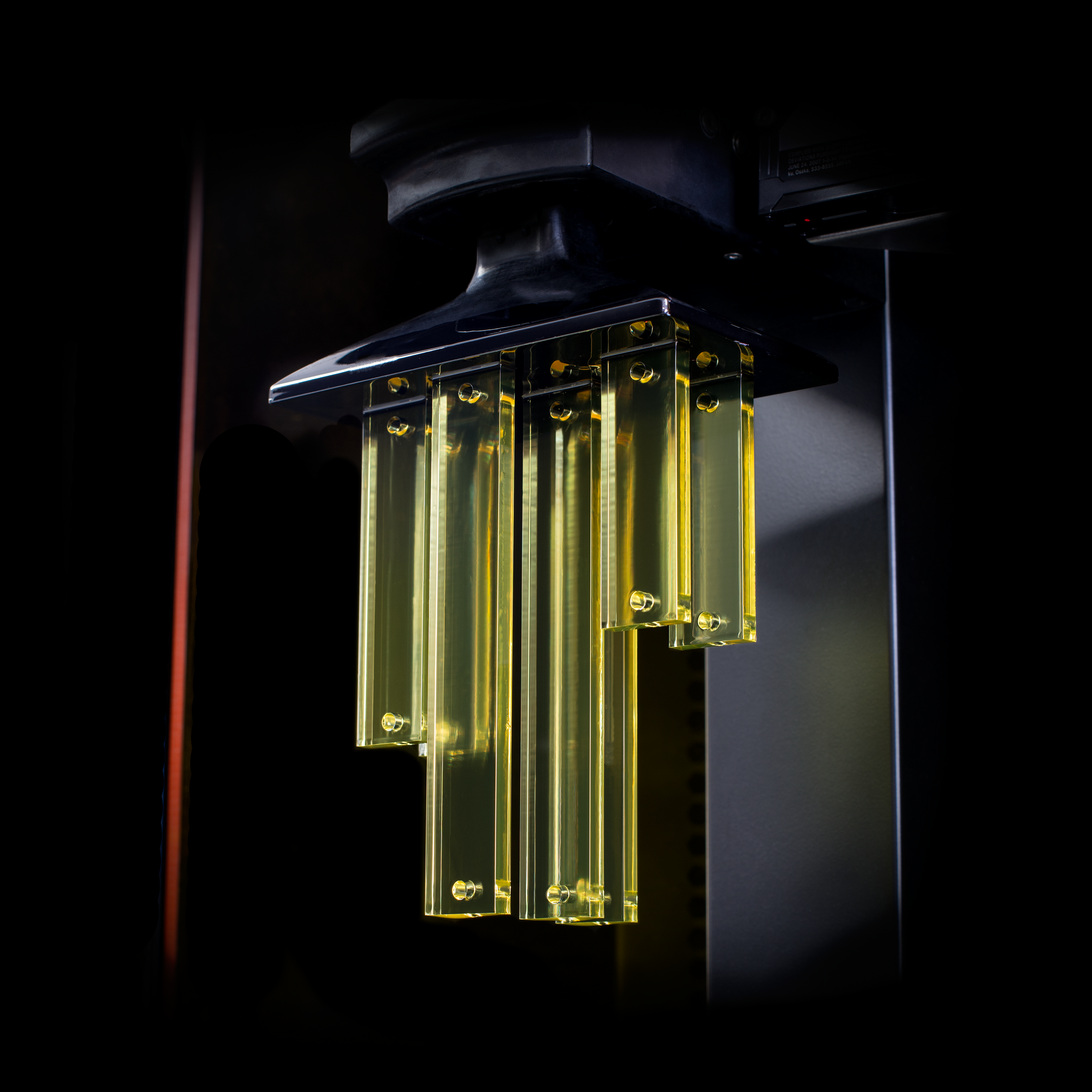Aprios: Supporting Long-Term Ecological Research at Cedar Creek
Cedar Creek Ecosystem Science Reserve: How Aprios Supports Long-Term Ecological Research
1 min read
Nick Erickson : Sep 5, 2024 11:52:57 AM

Introduction
Hollow and internal channels within medical devices offer significant advantages, particularly in applications involving fluid or air passage. With Carbon DLS, creating these complex internal geometries is not only feasible but also highly efficient, enabling engineers to design more sophisticated and effective medical devices.
Advantages of Internal Channels
Internal channels allow for the precise control of fluids, gases, or even wiring within a device. This capability is particularly valuable in medical applications where the flow of liquids or air must be carefully regulated. By incorporating these channels directly into the design, engineers can eliminate the need for multiple components or complicated assemblies, reducing both the size and complexity of the final product.
Additionally, hollow and internal channels can be used to reduce the overall weight of a device without compromising its structural integrity. This is especially important in wearable or implantable devices, where minimizing weight is crucial for patient comfort and mobility.
Engineering Applications in Medical Devices
In the medical field, internal channels are used in a variety of applications. Catheters and fluid delivery systems, for example, require precise control of liquid flow, which can be achieved more effectively with internal channels designed using Carbon DLS. Ventilator components, which must manage airflow with high precision, also benefit from these complex internal geometries.
Another application is in drug delivery systems, where internal channels can be designed to control the release of medication over time. This allows for more accurate dosing and better patient outcomes, particularly in chronic conditions that require ongoing treatment.
Enhanced Complexity Through Carbon DLS Advanced Slicing Techniques
Carbon DLS technology stands out in its ability to create highly complex internal structures, including intricate or hollow channels, thanks to its advanced slicing technique. Unlike traditional manufacturing methods, which can struggle with internal geometries, Carbon DLS uses digital slicing to build objects layer by layer with incredible precision. This approach allows for the creation of channels, cavities, and other complex features that are integral to the functionality of many medical devices. As a result, designers and engineers have greater freedom to innovate without being constrained by the limitations of conventional manufacturing processes.
Conclusion
Hollow and internal channels provide medical device engineers with a powerful tool for designing more efficient and effective products. By leveraging the capabilities of Carbon DLS, you can create devices that are not only lighter and more compact but also more functional and reliable. If you’re looking to enhance the performance of your medical devices, consider incorporating internal channels into your designs.

Cedar Creek Ecosystem Science Reserve: How Aprios Supports Long-Term Ecological Research

R&D engineers and product designers are always balancing time, cost, and quality. Post-processing can be a drain on all three, so designing to...

What Are Voids? Voids are empty pockets or spaces that form inside your molded parts. While they might not always be visible from the outside, they...